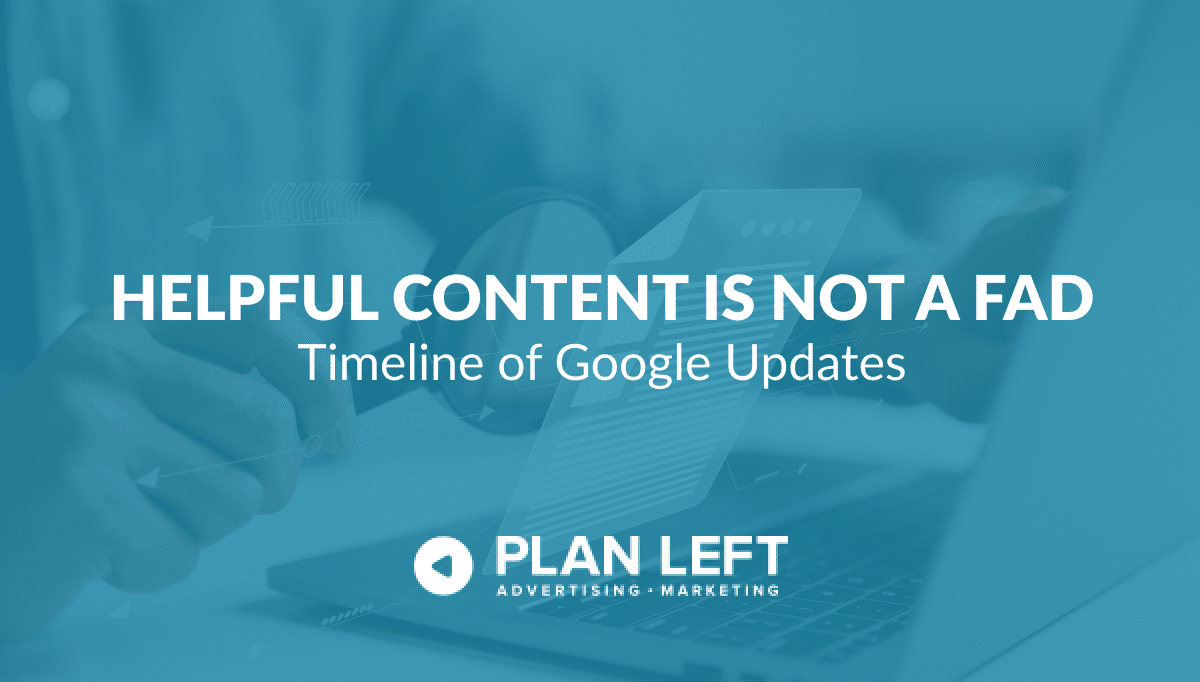
As a business owner, you probably think of all the different hats you have to wear every hour of the day. Has the “Author” hat ever come to mind? You might think about writing the content of your website or creating blogs, but these just barely scratch the surface of your true author duties. In fact, you have a much bigger story to write before you can even begin to consider your first blog.
You can’t do anything until you’ve written your brand story.
Powerful Summary
When you pick up a book at the bookstore, what’s the first thing you do? If you’re like me, you turn it over to read the back. You want to know what the book is about, right? The cover helps some—like a logo would—but without that summary, you really don’t have a lot to go on.
The summary of your brand story is your value proposition. This is how potential customers learn what you do. A powerful value proposition hints to the brand’s history, discusses your journey, lays out your goals, and leaves buyers with a promise.
Understand Your Characters
Your buyer personas are your characters. You can’t write the story without these characters fully fleshed out and reflective of real people. Otherwise, your real buyers will spot the phony a mile away. If those buyers can see themselves in the buyer personas, they’ll develop deeper connections. That makes solving their pain points even more powerful for your brand.
Don’t Give It All Away
All readers like a “show” instead of “tell” story. Give them the big picture and let them figure out the smaller details on their own. The more brilliant the images, the more your buyers will get out of your branding message. If you’re too busy picking at all the tiny details, you’ll miss the opportunity to just let your customers feel. How those buyers feel about your brand is much more important than what you’ve told them to feel.
Best Brand Storytellers
Consider Old Spice for a moment. Before the company took back control of their brand story, the name evoked images of older gentlemen who’d used the products for decades. With their latest campaigns, Old Spice has rejuvenated the brand. They have the character, the new value proposition, and they let buyers decide for themselves if the new brand position fits their needs.
Taco Bell is an excellent example of a brand that really controls their own brand story. With an active social media presence, Taco Bell maintains a steady voice, practices social listening and engagement, and connects with other brands on a regular basis. They also take part in various charity work through the Taco Bell Foundation. There is no better way to breathe new life into your brand story than through philanthropy—especially when that work matches your brand values and message.
Lincoln does a great job of maintaining their luxury profile through commercials starring celebrities. The latest TV spot features Matthew McConaughey, widely regarded as a man’s man who understands the finer things. With his appearance, Lincoln keeps their powerful but streamlined reputation intact.
What are some of the most powerful brand stories you’ve ever seen? How can you use the lessons learned from larger brands for your company? We’d love to hear your thoughts, so start the conversation below!
Explore Latest Posts
Google says the quality of your webpage is a ranking factor, but what is ‘quality’ according to Google? That would ... read more
April 19, 2024
In 2011, Google first changed how content was written with the Panda Update by changing how keywords could be used ... read more
April 17, 2024
The latest Google algorithm changes have shaken the search marketing world. While the Google Spam update has finished, the Google ... read more
April 16, 2024
MARKETING insights
Join the Thousands Who Receive Our Twice-Monthly Newsletter.
It's hard to keep up. Our newsletter is packed with buyer behavior insights, the latest marketing and technology updates, work/life balance tips, and—because we ❤️ our support staff—adorable pets looking for forever homes. Only twice per month. No clogged inboxes. You can't say no.




